About This File
Immunity Debugger is a powerful new way to write exploits, analyze malware, and reverse engineer binary files. It builds on a solid user interface with function graphing, the industry's first heap analysis tool built specifically for heap creation, and a large and well supported Python API for easy extensibility.
Overview
- A debugger with functionality designed specifically for the security industry
- Cuts exploit development time by 50%
- Simple, understandable interfaces
- Robust and powerful scripting language for automating intelligent debugging
- Lightweight and fast debugging to prevent corruption during complex analysis
- Connectivity to fuzzers and exploit development tools
The Best of Both Worlds
Immunity Debugger's interfaces include the GUI and a command line. The command line is always available at the bottom of the GUI. It allows the user to type shortcuts as if they were in a typical text-based debugger, such as WinDBG or GDB. Immunity has implemented aliases to ensure that your WinDBG users do not have to be retrained and will get the full productivity boost that comes from the best debugger interface on the market.
Commands can be extended in Python as well, or run from the menu-bar.
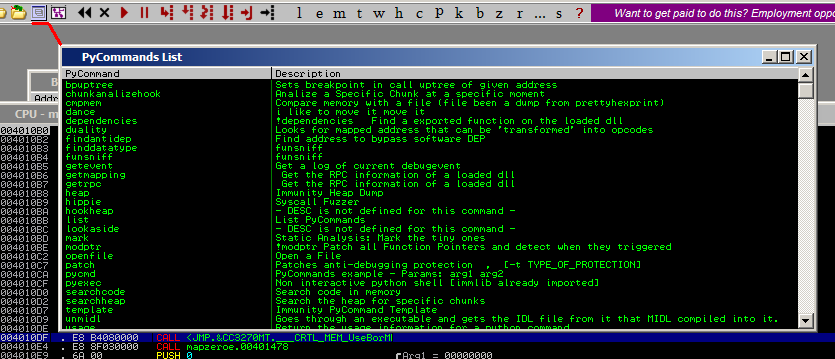
Python commands can also be run directly from our Command Bar. Users can go back to previously entered commands, or just click in the dropdown menu and see all the recently used commands.
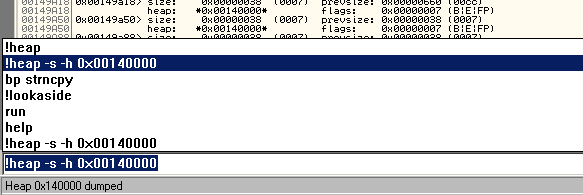
Remote command bar
From the command line menu, you can choose to start a threaded command line server, so you can debug remotely from another computer:

Python Scripting
Python scripts can be loaded and modified during runtime. The included Python interpreter will load any changes to your custom scripts on the fly. Sample scripts are included, as is full documentation on how to create your own.
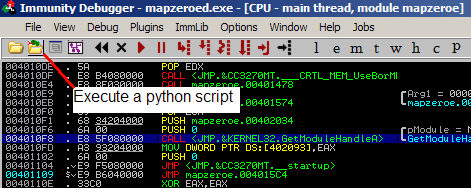
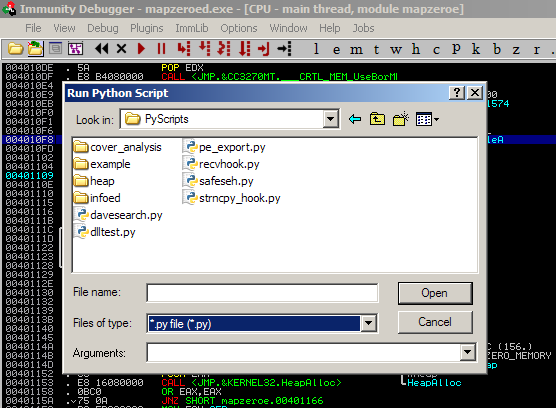
Immunity Debugger's Python API includes many useful utilities and functions. Your scripts can be as integrated into the debugger as the native code. This means your code can create custom tables, graphs, and interfaces of all sorts that remain within the Immunity Debugger user experience. For example, when the Immunity SafeSEH script runs, it outputs the results into a table within the Immunity Debugger window.


Other scripts can ask for user input with dialogs and combo boxes:

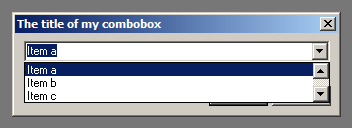
Having a fully integrated Python scripting engine means you can easily paint variable sizes and track variable usage, which in turn comes in handy when trying to automatically find bugs!
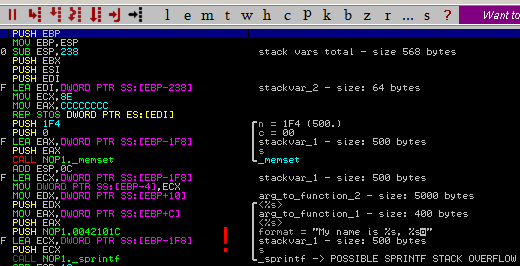


Recommended Comments
There are no comments to display.
Create an account or sign in to comment
You need to be a member in order to leave a comment
Create an account
Sign up for a new account in our community. It's easy!
Register a new accountSign in
Already have an account? Sign in here.
Sign In Now